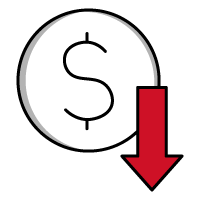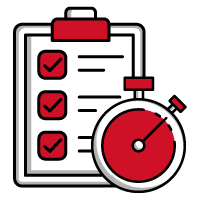|
Why Choose Transcat | Axiom Rentals?Your testing is complicated enough, we want to make sourcing test equipment the easy part. |
|||
 |
Dedicated Customer Service We go beyond the role of order taker & strive to partner with you to provide a custom solution. |
 |
Competitive Prices Equipment is agressively priced. We work with you to find a solution to fit your budget. |
 |
Fast Turnaround No long drawn-out sales process, We help you find the equipment you need, and get through order processing quickly so your equipment ships out fast! |
 |
Warranty & Support Comprehensive Parts and Labor warranty on all equipment sold. Includes a user manual, is fully accessorized, and tested to manufacturer specifications prior to shipment. |

